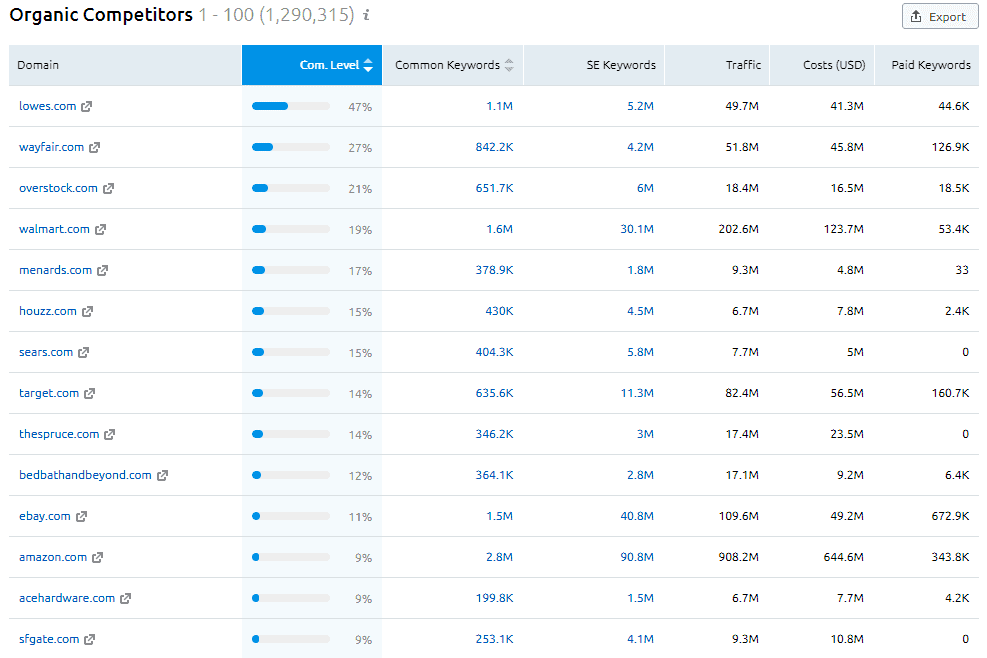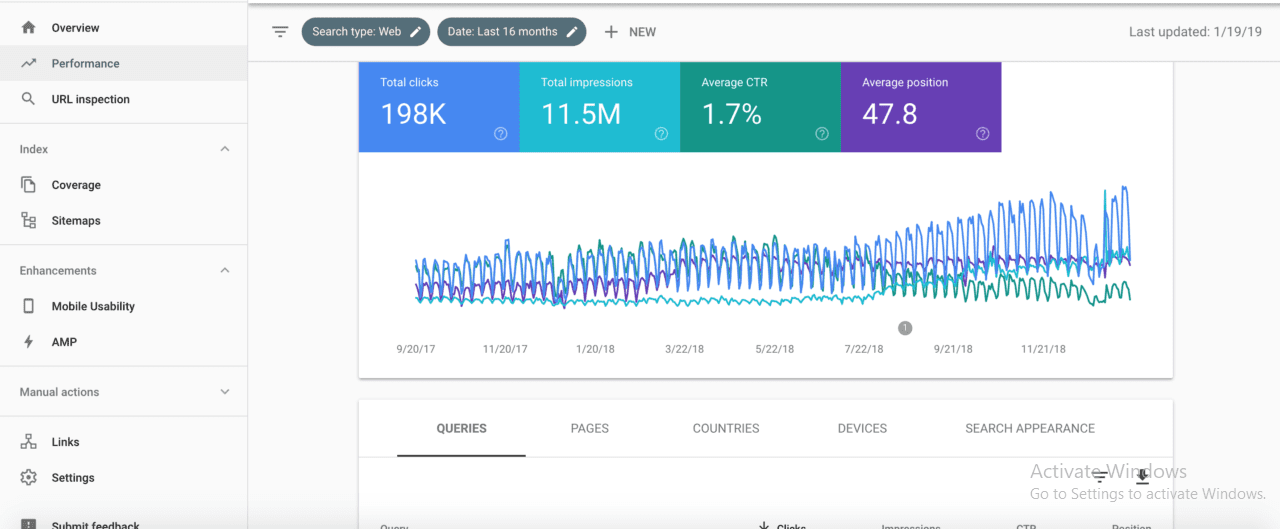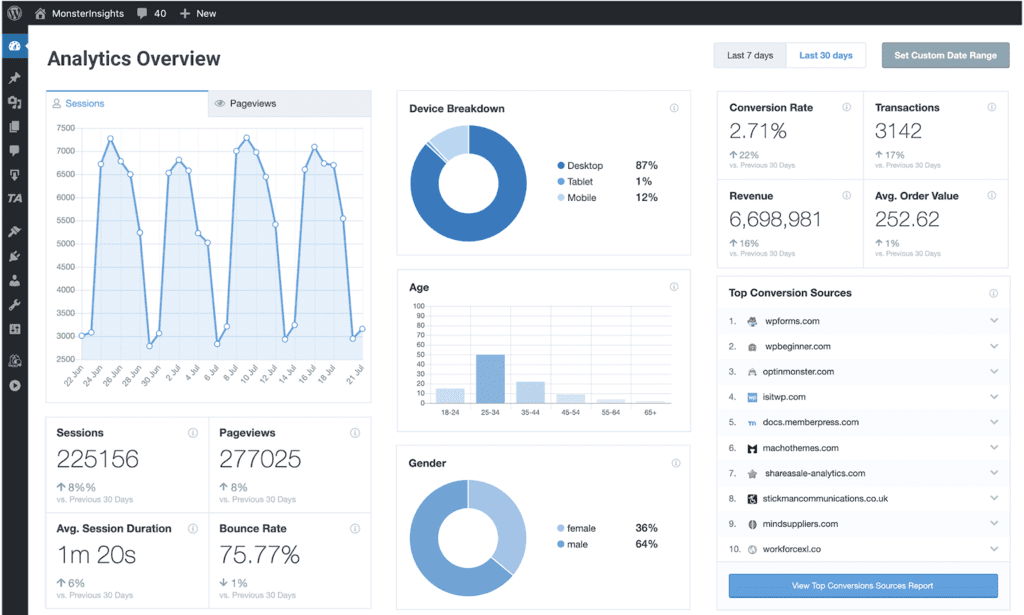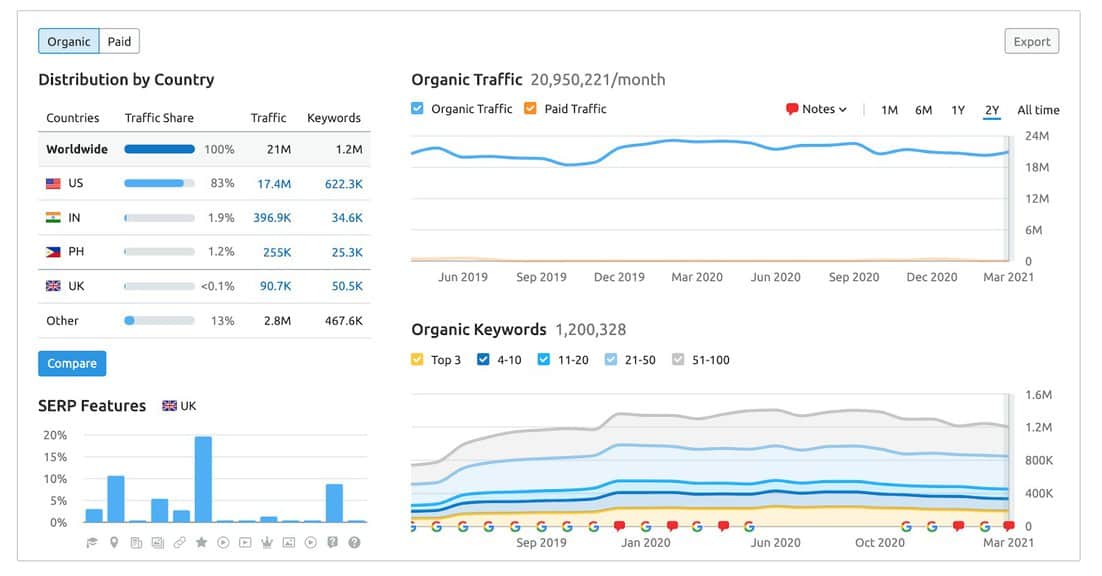As a website owner, you have likely invested in quality content, paid ads, social media promotion, and other SEO strategies to attract visitors to your website.
Website traffic data is a key metric that can help you measure the success of those efforts.
Traffic growth will indicate your SEO strategy is working.
You will also be able to see where those visitors are coming from so you can double down on the channels that are bringing in the most traffic.
It’s just as important to monitor the web traffic of your competitors, especially when you are not getting the results you want from your marketing efforts.
Analyzing your competitor’s traffic data will show you what’s working for them, and how you can adopt their tactics for yourself.
In this article, I will show you how to discover how much traffic a website gets, and guide you through the process of utilizing that information to increase website traffic.
Frequently Asked Questions
Here are the popular questions other bloggers and website owners like yourself are asking about this topic:
How Can I See How Much Traffic My Website Gets?
You can use free tools like Google Search Console and Google Analytics to get your traffic data, and paid SEO tools like Semrush and Ahrefs to get traffic data for any website.
I recommend using at least two different tools to get accurate web traffic estimates.
What Is The Average Traffic For A Website?
There are billions of websites on the internet that serve a wide variety of audiences, making it impossible to provide an ideal range of website traffic.
For example, an old, established website in a sports industry that has a large audience will always attract more traffic than a blog about local events in Monowi, Nebraska.
What Is A Reasonable Website Traffic?
You need to establish the average traffic in your niche (industry or local area) to make an accurate guess of where your website should be.
Use an SEO tool like SemRush’s bulk traffic analysis feature to get the traffic estimates of your competitors.
What Is Needed To View A How Much Traffic A Website Gets
Here are the tools and resources you need to check the web traffic of any website:
- Google Search Console and Google Analytics — you will need to open an account on either of those two platforms to view Google’s take on how much traffic your website is getting.
- WordPress Plugins — you will need an SEO plugin like Yoast SEO or All-in-One SEO to link your WordPress website to your Google Search Console account. You will also need another plugin like MonsterInsights to connect with Google Analytics.
- Website Traffic Checker Tools — SEO tools can help with competition research and in-depth analysis of your website’s traffic. There are several top-quality free and paid tools including SimilarWeb, Serpstat, Ubersuggest, SemRush, Ahrefs, and Moz.
How To Analyze How Much Traffic A Website Gets: Step-By-Step Instructions
Here are the steps you need to take to discover how much traffic a website is getting:
- Identify the websites you want to analyze
- Check your site traffic with Google Search Console
- Analyze competitor search traffic with your SEO tool
- Gain insights from web traffic data
Step 1: Identify The Websites You Want To Analyze
Your blog or business website will be at the top of this list, but how will you identify your SEO competitors?
You should know your SEO competitors may not be who you think they are.
It’s natural to think other brands and blogs in your niche are your competitors, but they may not be targeting the same search queries you are trying to rank for.
Your SEO competitors will be the websites that are ranking for the same keywords you are targeting.
The best way to identify these blogs is to use an SEO tool like SemRush.
I use it for keyword research, tracking search rankings, traffic analysis, and a lot more.
To find your competitors, sign up for a SemRush account or log in if you are already a subscriber.
Enter your domain name or URL into the search bar, and click Search.
The platform will populate your screen with SEO data.
You will have to scroll down to see the list of competitors that are targeting the same keyword profile as your website.

You can then export that list by clicking the Export button.
Step 2: Check Your Search Traffic With Google Search Console
The tool is free and it gives you a complete picture of your website’s search engine traffic.
First, you need to use your SEO plugin to connect your WordPress site to the Google Search Console.
Once you are connected, click the Performance tab on the left sidebar.
You will then be able to access the Performance page which contains charts and tables showing the number of clicks, impressions, and the average position of your keywords over a given period.

You can dig deeper to discover the keywords your visitors are using to find your posts, the countries where they are located, and the pages that are getting the most traffic.
Alternatively, you can connect your website with Google analytics for free to view the data directly from your WordPress dashboard.
Sign up on the Google Analytics website and link it to your website using the Google Analytics Dashboard Plugin for WordPress by MonsterInsights.

On Google Analytics you will be able to access more SEO metrics like the bounce rate of visitors to your website and the average time they are spending on your web pages.
Step 3: Analyze Competitor Search Traffic With Your SEO Tool
You can use any paid or free SEO tool that works for you, but I will use SemRush to explain this section.
Log into your SemRush account and enter the domain of your competitor into the search bar.
Your screen will be populated with a detailed traffic analytics report on your competitor’s domain.

You will be able to see your competitor’s monthly organic traffic, paid ads traffic, top pages, bounce rate, average visit duration, and more.
With a premium plan, you can also generate traffic stats for up to 100 domains with the bulk analysis tool.
Just go to Traffic Analytics from the sidebar, and click on the Bulk Analysis tab.
Once you are there, enter the domain of all the websites you want to analyze. Click Analyze.
Step 4: Gain Insights From Website Traffic Data
You can use all this data to gain valuable information that can help improve your content marketing strategy.
Pay attention to the following metrics:
- Traffic source: knowing where your competitors are getting the bulk of their traffic will help you know where to concentrate your promotion efforts. For example, if organic search, email, and Google ads are the top three traffic sources, then those are the mediums you want to focus on.
- Top Pages: identify the pages and posts that are driving the most direct traffic to your competitors, as well as the keywords they are ranking for. With that data, you can create better content targeting the same keywords on your website.
- Bounce Rate: your bounce rate shouldn’t be lower than the average in your industry. You will need to figure out why visitors are bouncing from your pages if your traffic quality is poor.
- Average Session Duration: the same applies here. If you have a below-average session duration, improve the quality of your content and add visuals like images, videos, and infographics to capture the attention of visitors.
Similar Tutorial Types To Check Out

Here are other related articles that will help boost your mastery of SEO and WordPress management:
- How to Use Google Analytics: the article helps you discover how you can use the platform to monitor the performance of your marketing campaign and gain insights that will help you fix any issues on your site.
- How To Increase Organic Traffic: learn how to optimize your technical and on-page SEO to increase the chances that your target audience will discover your website on search engines.
- WordPress SEO: Explanation: this article will show you the essential WordPress SEO best practices and tricks you can use to get an upper hand on other competing blogs.
Wrapping Up
You have seen how all this information can help you track the success of your marketing campaign and why insights from your competitors’ strategies can help fix flaws in your plan.
You shouldn’t stop here, try to go ahead with a full-blown competitor analysis to see other areas with room for improvement.
If you liked this article, you can subscribe to the BlogginTips newsletter to get updates any time we publish new content.





